During the singular circumstances of a global pandemic, amid restrictions, limitations and emergency measures, a “Greek” exhibition concerning the criminal justice system, prisons and incarceration opened in the United States, titled: The Right to Silence?
The title of course is a reference to the Miranda rights, the right detainees have to remain silent during initial police interrogation. In a poetic rather than accusatory tone, this exhibition attempts to address topical issues regarding the criminal justice system, racial discrimination, private prisons and the limits of freedom in general.
The first edition of the exhibition is currently on show at the John Jay College of Criminal Justice, City University of New York (CUNY) and features works by 43 Greek, Cypriot, European, Asian and American artists, while a second concurrent show is expected to open in April at the “Undercurrent” art venue in Brooklyn.
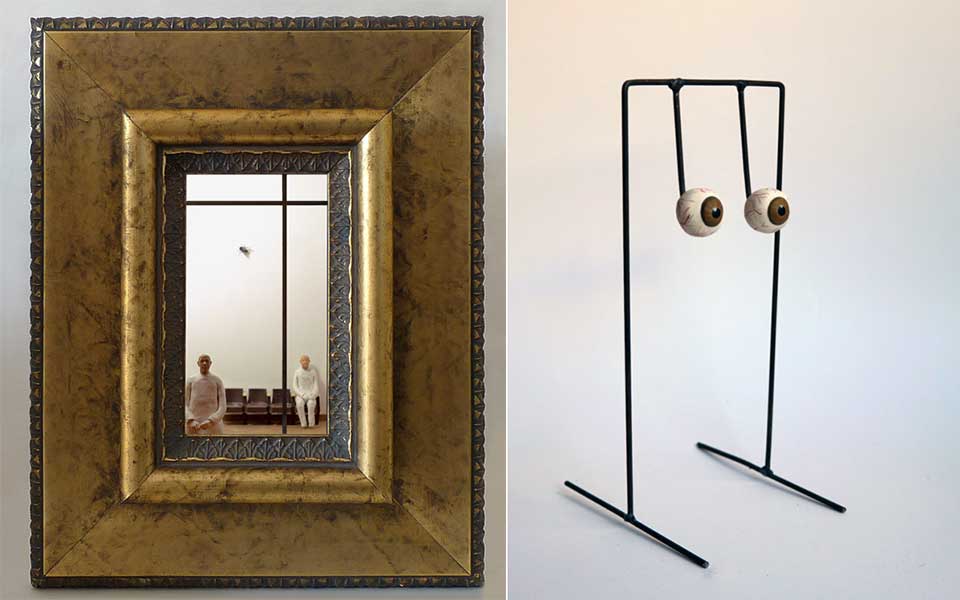
The organizer of this and other events in the program is Greece in USA, a nonprofit cultural platform founded in 2020 by Sozita Goudouna, art historian, curator and adjunct professor at CUNY. Greece in USA aims to create projects that introduce contemporary Greek art to the United States in a systematic way, building lasting partnerships between Greek and American institutions and artists.
Sozita Goudouna has curated and commissioned programs and exhibitions in Athens and the United States, is head of operations at the Raymond Pettibon Foundation and has a broad perspective on the art world, both at the Greek and international level.
We spoke with her about the contemporary art scene in Greece, cultural outreach and openness, and her goals for Greece in USA.
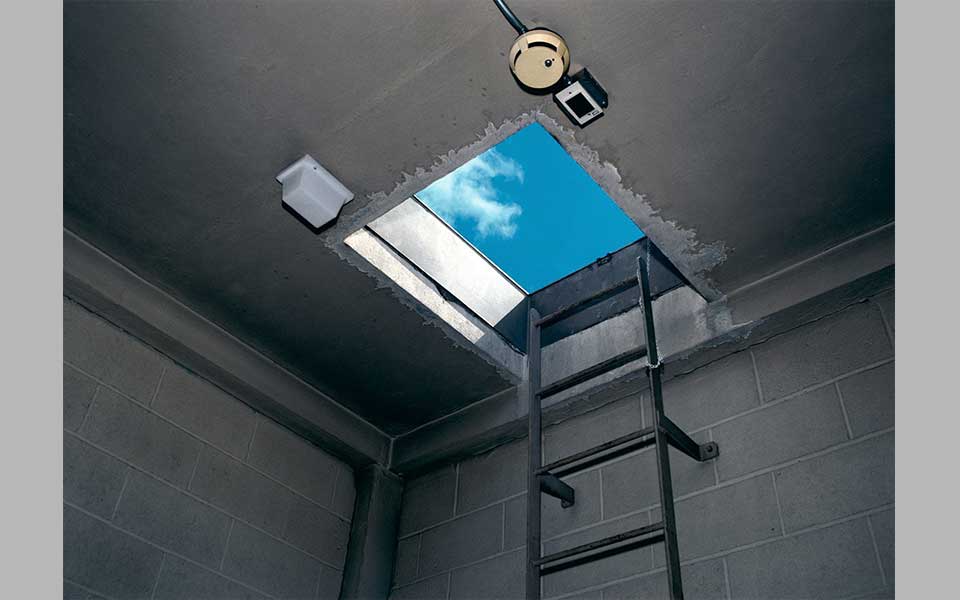
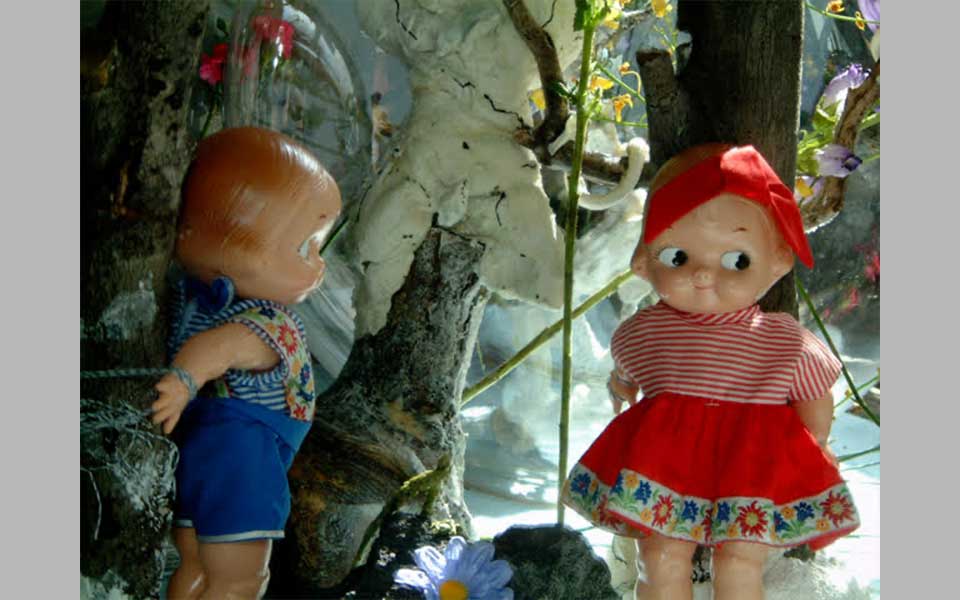
What place does Greece hold on the international art scene today? Is outreach and openness something that should concern us?
About a year ago, Yale University decided to remove its introduction to art history survey course following criticism that it focused mostly on Western art. This decision sparked public praise, but also a national outcry. The discussions surrounding that issue focused on how to ensure that the diversity of research can match the diversity of today’s student body and to advance teaching.
I refer to trends in contemporary international art education in order to highlight the ideological and aesthetic principles that are radically changing these days. In Greece, these changes to our cultural life occurred recently, during the economic crisis of 2010 onwards, and then with the hosting of Documenta in Athens and Kassel in 2017, and with the pandemic this past year. The art scene in Greece has been influenced in ways that are not yet evident, and this is the reason that we refer to a “national” identity with frustration and discomfort. The time has come become extrovert in a more systemic – and anti-systemic – way.
That is why I chose to give the platform the generic name “Greece in USA”, and not a cute, conceptual title as is the norm in the post-postmodern era. I did not want the name to have any metaphorical dimension, thus risking or inviting misunderstandings. The name also raises questions about stereotypes and different expressions or perceptions of the “Greek nationality, language and country”.
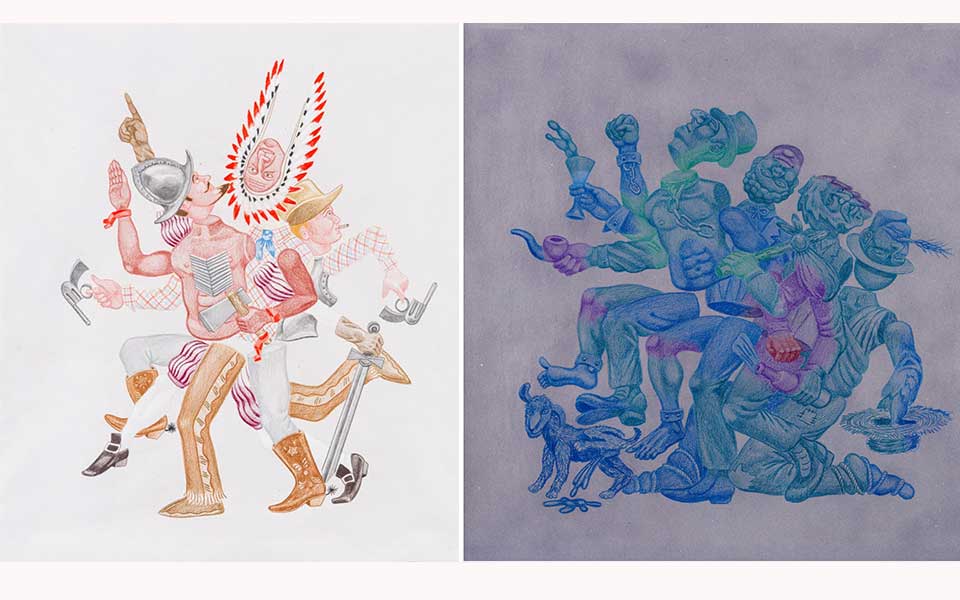
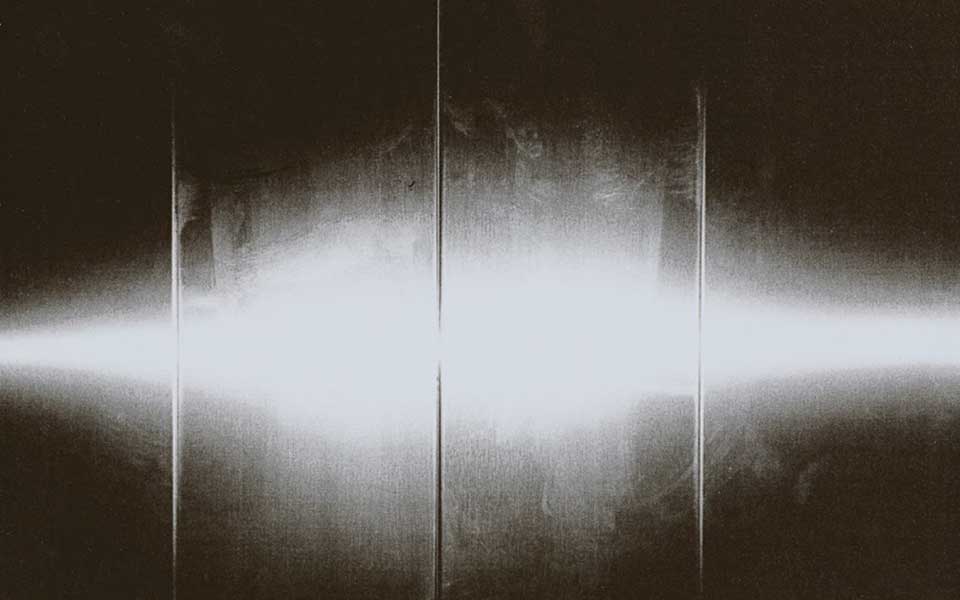
You have a broad perspective on the Greek artistic landscape. How would you describe it in the fluid conditions created by the pandemic?
Now that maps and countries are being “turned upside down” it is fruitful to take advantage of the realities and asymmetric knowledge that arises. The radical shifts occurring internationally on fundamental matters affect us profoundly. Perhaps we need to take advantage of these challenges, not as “natives,” but as cosmopolitans in a more internationalized “market”.
The openness of Greek culture is not only about Greek art being “exported” abroad, but also affects international art being showcased and presented in Greece. It is perhaps the other side of the same issue. Do established international artists come to Greece to enjoy the sun and the sea, or do they come because their work will be will develop through collaborations with specific organizations, museums, independent exhibition spaces and festivals? As institutions in Greece are enhanced and the Ministry adopts a systemic approach to contemporary art, the more openness and cultural diplomacy will be strengthened and reinforced.
Greece in USA aims to present projects with the participation of Greek and international artists on contemporary themes that are not restricted to the Greek experience or reality. The way to support extroversion can be indeterminate and it may be purely personal depending on the desire and energy of each artist. If local organizations and collectors do not support the scene and activate younger collectors, the scene will have no future in terms of its global impact. It is very encouraging that the prominent, private foundations have realized their social role and responsibility following the economic crisis and have provided considerable support to public cultural bodies.

What would you recommend to foreign travelers? What should they not miss in Athens or Greece?
As much as we love contemporary art, Greece is bursting with culture and civilization in every rock. I would therefore recommend a place that combines the Aegean landscape with modern architecture and art, such as the building complex that Xenakis designed with the composer Francois-Bernard Mache in 1966, nestled on the slope of a hill in Lefkes, on the island of Amorgos.
I would also nostalgically suggest a trip from Cyprus to Kastellorizo and Gavdos, the route once followed by the ferry boat on the way to Cairo and Beirut. We have cultural connections with these cities that it would be good to reinforce, as Greece is seeking to define for its hybrid identity between “East” and “West”.
How dominant are stereotypes about Greek art abroad? In between the glorious classical past and postcard depictions of the Greece of wine and sea, is there room for modern artworks?
I believe that there is a reluctance in defining contemporary Greek art abroad, and this is the reason that colleagues here are extremely careful and mainly express their lack of knowledge about the local scene (in contrast with the knowledge they have about the great Greek collectors). I have the impression that they would like to learn more about the contemporary Greek art scene.
This impression intensifies the importance of the role of a platform such as Greece in USA. It can be instrumental in the promotion of Greek artists abroad, via osmosis with international artists and organizations. From my experience as the curator of the Performa Biennial in New York, founded by the acclaimed art historian RoseLee Goldberg, I realized during an event I organized with the participation of Greek artists that they can stand as equals alongside their American colleagues.












